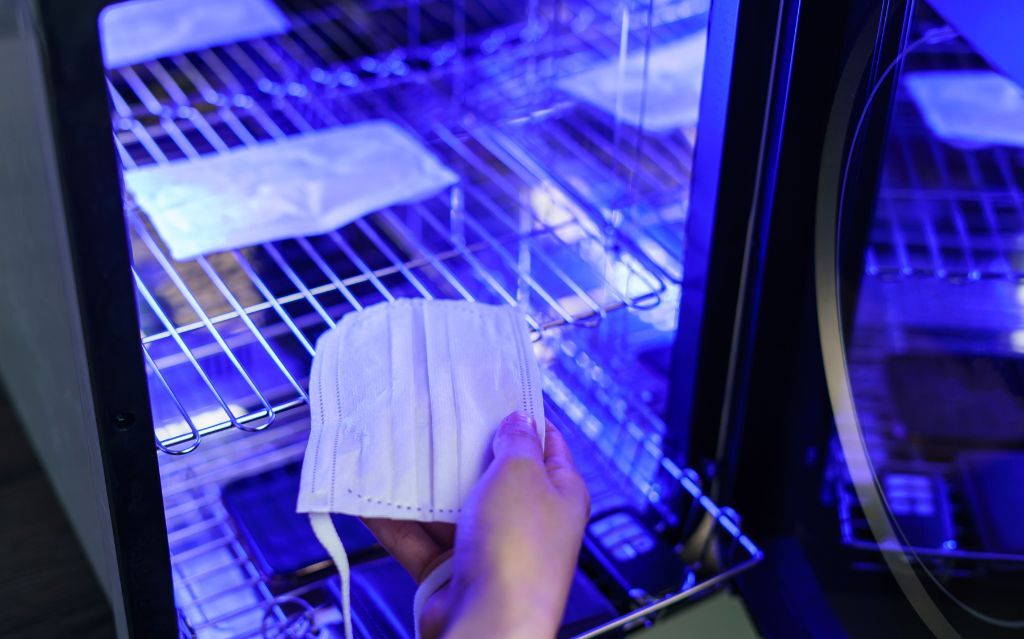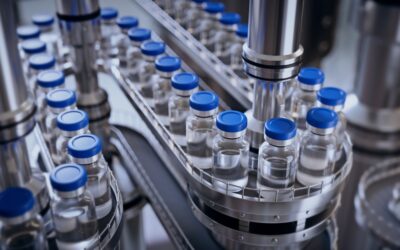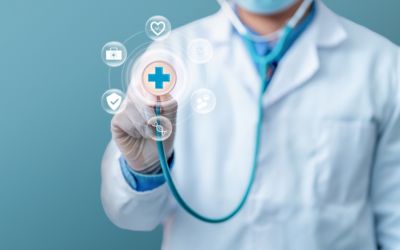
In recent years, the growing need for more effective and sustainable disinfection solutions has become increasingly evident. Evolving microbiological threats, resistance to chemical agents and hygiene demands in critical sectors such as healthcare, pharmaceutical and food industries have spurred the development of new technologies. From UV-C-based systems to vaporized hydrogen peroxide to the introduction of robotic solutions, innovation is transforming sanitization processes, increasing effectiveness and ensuring greater safety.
New technologies for disinfection
Vaporized hydrogen peroxide (VHP) is one of the most effective solutions for disinfecting highly critical environments, such as hospitals, laboratories and pharmaceutical plants. Due to its oxidizing power, it eliminates viruses, bacteria and spores without leaving toxic residues. It is particularly useful in settings that require rapid and complete sterilization, such as in clean rooms and intensive care units.
Another expanding technology is the use of UV-C light, which is gaining popularity for its effectiveness in destroying the DNA and RNA of viruses and bacteria, preventing their replication. This system is used in hospitals, public transportation, and food production facilities, with both stationary and robotic devices, eliminating the need for chemicals.
Ozone, known for its powerful oxidizing effect, is increasingly being used to disinfect surfaces and environments. It is capable of rapidly eliminating pathogenic microorganisms, viruses and mold, even reaching areas that are difficult to treat with traditional methods. This makes it ideal for hospitals, water treatment plants and industrial environments, offering an environmentally friendly and highly effective alternative.
The future of disinfection
The evolution of disinfection technologies is heading toward increasingly integrated and customized solutions, thanks to the introduction of artificial intelligence (AI) and the Internet of Things (IoT). These tools enable real-time management of sanitization operations, monitoring effectiveness and optimizing processes according to the specific needs of each environment.
For example, smart disinfection systems equipped with IoT sensors can collect data on temperature, humidity and contamination levels to trigger targeted treatments. This approach not only improves disinfection effectiveness but also optimizes resource consumption, reducing environmental impact.
In addition, the introduction of autonomous robots is further simplifying the sanitization process. These devices, which combine UV-C light, ozone, and hydrogen peroxide, operate autonomously, reducing human error and ensuring uniform surface coverage. By scheduling them to work at off-peak times or overnight, interference with daily activities is avoided.
The integration of advanced technologies such as AI, IoT and robotics is revolutionizing the disinfection industry, improving not only the efficiency and speed of processes, but also safety and environmental impact. These innovations are responding to growing hygiene needs and paving the way for healthier and more sustainable environments in the future. The disinfection of tomorrow will not just be a reactive measure, but an integral element of smart, optimized health and environmental management.


